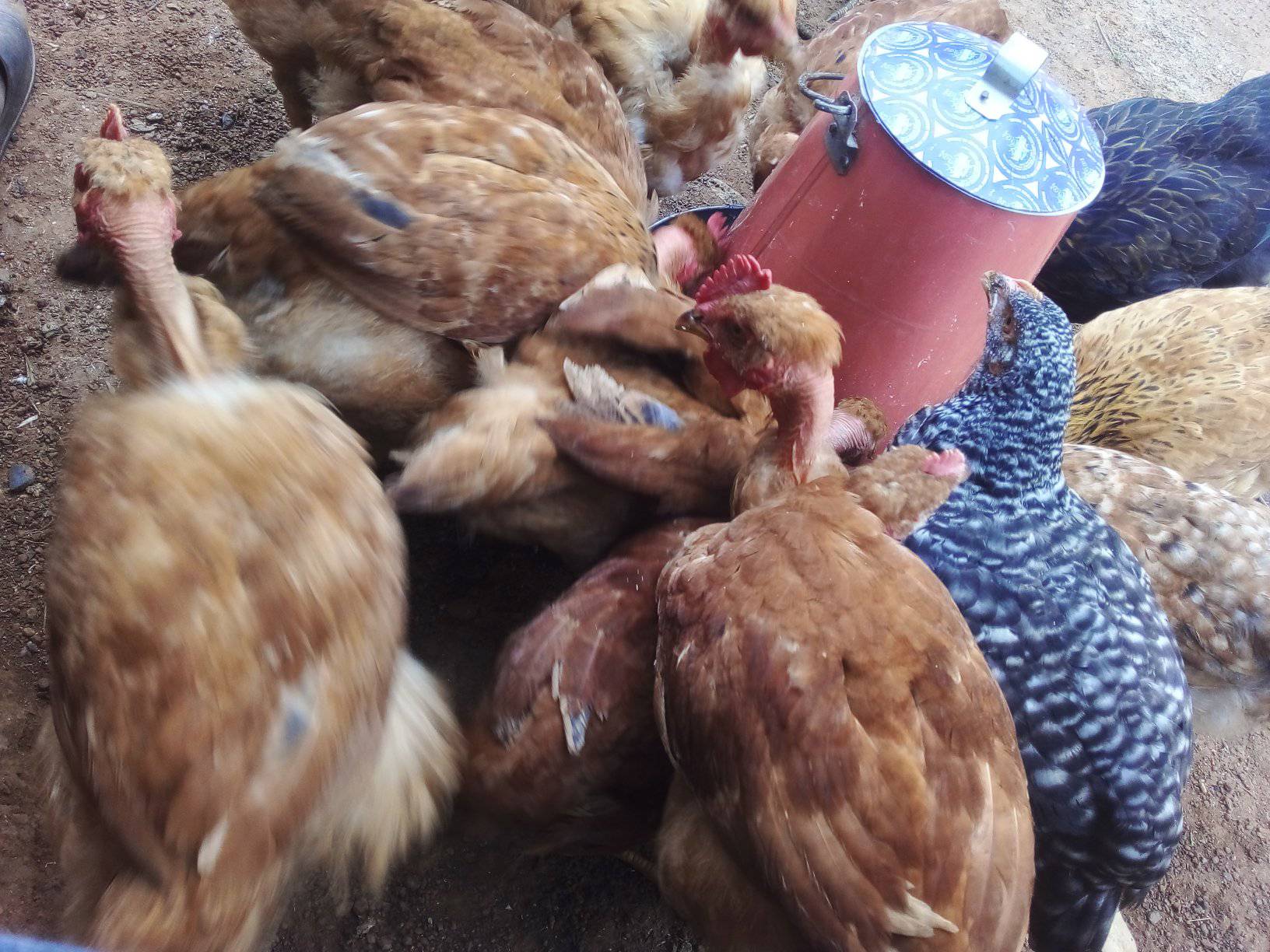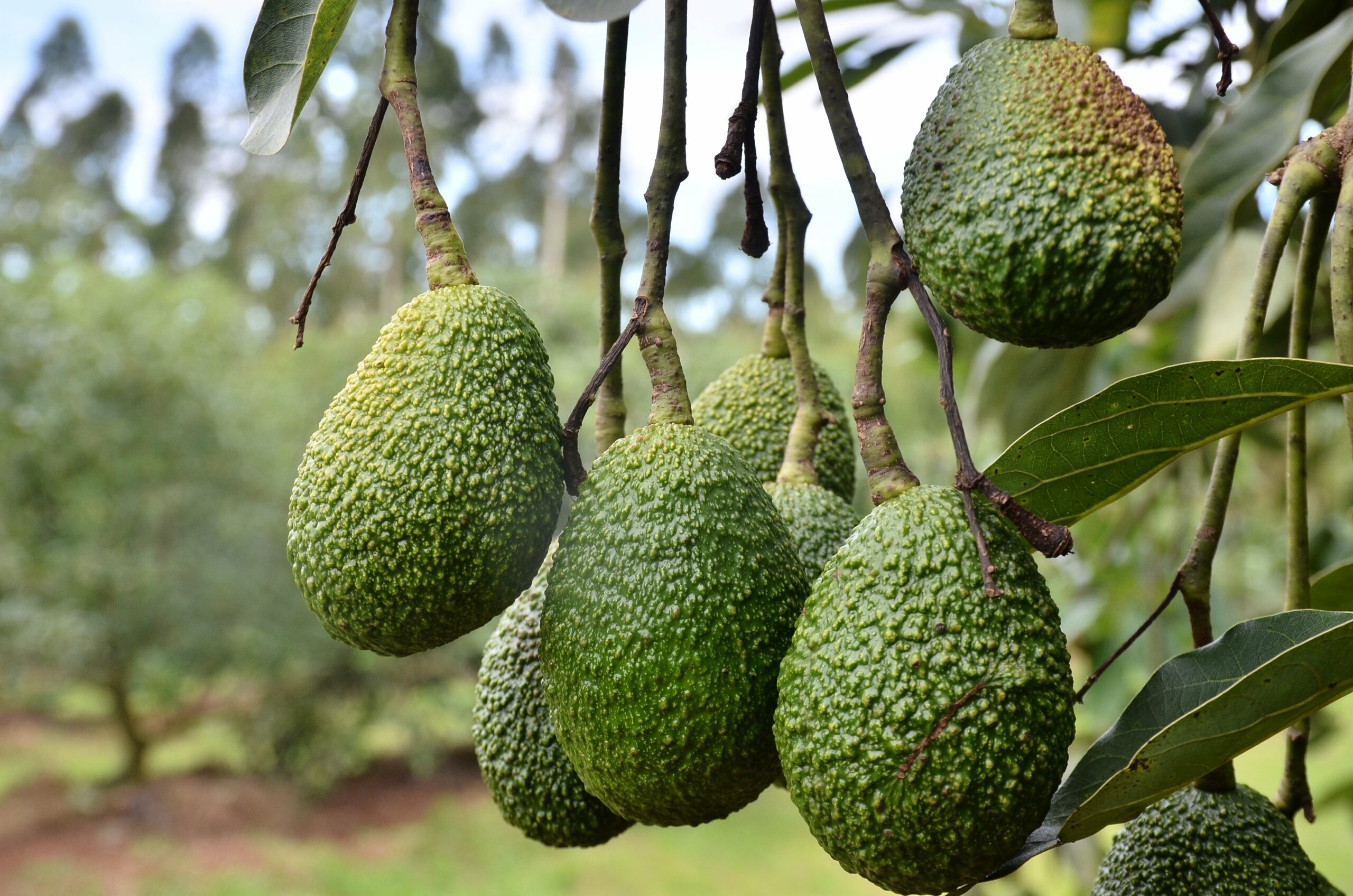DIFFERENCES BETWEEN BROILERS AND LAYERS
Broilers and layers are two types of chickens that are raised for different purposes. Here are differences between broilers and layers farming:
1. Purpose: Broilers are raised for meat production, while layers are raised for egg production.
2. Breeds: Broiler chickens are typically of meat breeds, while layer chickens are of egg-laying breeds.
3. Growth rate: Broilers grow at a faster rate than layers, reaching market weight in 6-8 weeks, while layers reach maturity at around 20 weeks.
4. Feed requirements: Broilers require a high-protein diet to promote muscle growth, while layers require a balanced diet that includes calcium for eggshell production.
5. Housing: Broilers are typically housed in large open floor spaces or in cages, while layers are often housed in battery cages or free-range systems.
6. Lighting: Broilers are typically raised with 24 hours of light to promote growth, while layers require a specific amount of light to encourage egg production.
7. Space requirements: Broilers require less space per bird compared to layers, as they are usually raised for a shorter period of time.
8. Mortality rate: Broilers have a higher mortality rate compared to layers, as they are raised in higher densities and are prone to health issues due to rapid growth.
9. Market value: Broilers have a higher market value per bird compared to layers, as they are sold for meat production.
10. Lifespan: Broilers have a shorter lifespan compared to layers, as they are typically raised for a period of 6-8 weeks, while layers can produce eggs for up to 2 years.
11. Egg production: Broilers do not produce eggs, while layers are specifically bred for high egg production.
12. Temperament: Broilers are typically more docile and less active compared to layers, which are more active and can be territorial.
13. Vaccination: Broilers and layers require different vaccination protocols, as they are raised for different purposes and have different health risks.
14. Breeding: Broilers are usually not bred for reproduction, while layers are selectively bred for high egg production and fertility.
15. Economics: Broilers are usually more profitable in terms of cost per pound of meat produced, while layers have a higher profit margin per egg produced.





